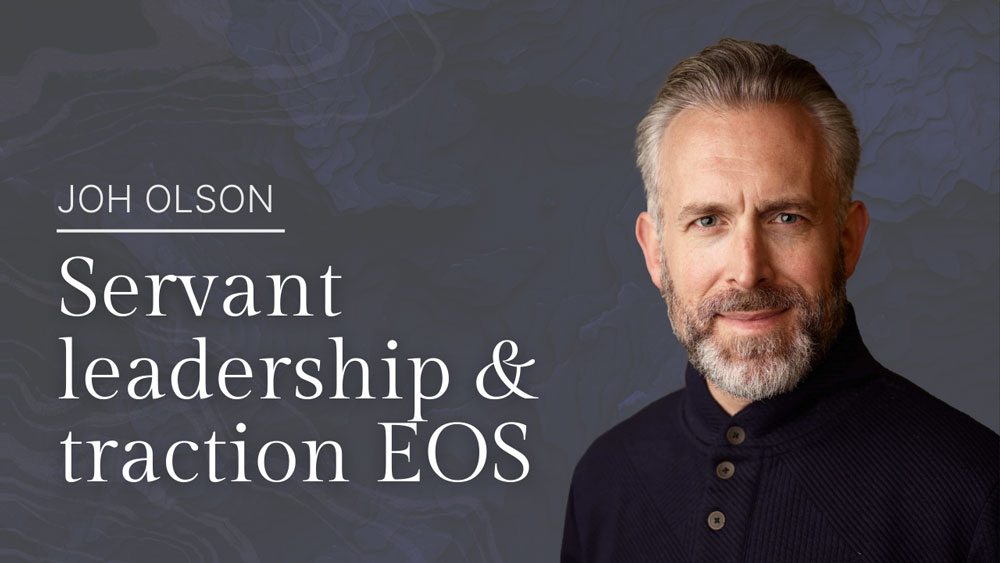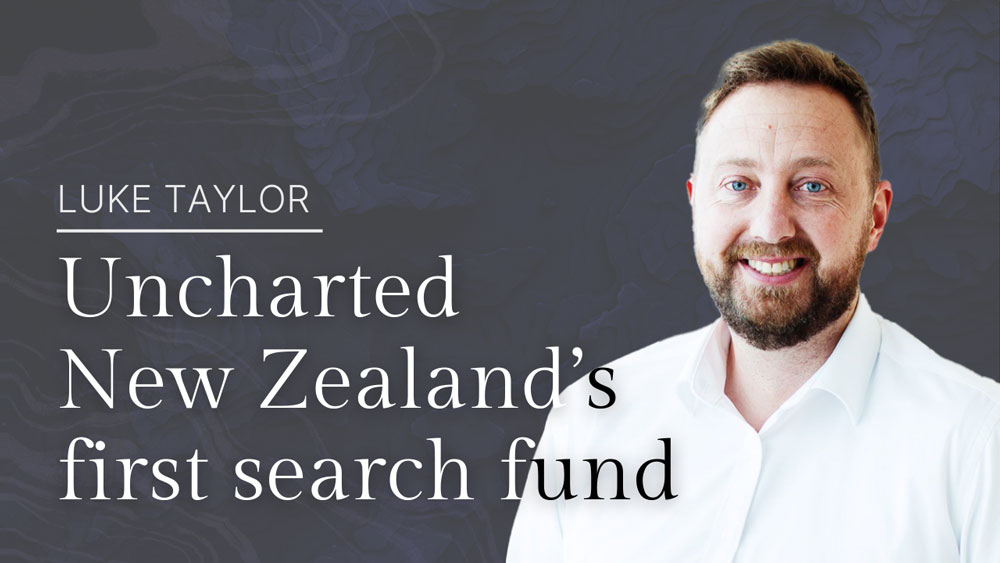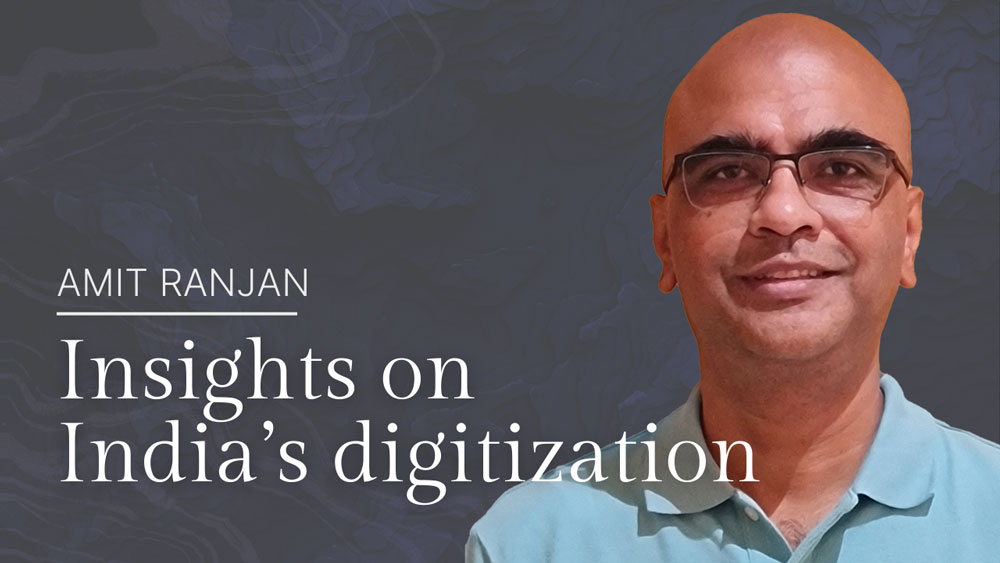Mahera Dutta
min read
Those Born to Lead Must First Serve: Unpacking Servant Leadership
Joh Olson
M&A Consultant | Healthcare LMM Remarkable Freedom
Key Takeaways
Imagine a leadership style where power takes a back seat.
Olson criticizes the business model Traction Entrepreneurial Operation System (EOS) for not emphasizing cash flow.
A business leader’s dream, according to Olson? Getting into their zone of genius while practicing calendar control.
Joh Olson is on a mission. He wants to fix the crisis of leadership.
In 2016, a State of the Global Workplace study revealed that at least half of all employees have quit a job because of unreasonable supervisors. Five years later, things have only gone south. The same report in 2023 stated that 1 in 5 employees are ‘loudly quitting’ their jobs, displaying disengagement at the workplace. It also said they are involved in activities that undercut a company’s goals and oppose leaders.
Is there a way out? Joh has dedicated two decades to guiding business leaders in embracing empathy. Many would say this is an uphill battle. After all, leadership dicta calling for the removal of the “bottom 10%” has not ceased to exist yet.
But Olson remains undeterred in advocating servant leadership. Effective leaders in this philosophy strive to serve others rather than accruing power and taking control. His faith in this brand of leadership was not born out of an epiphany in a board room full of immaculately dressed C-Suite executives but in the rural areas of Maine and Idaho. Leaders who prioritized the interests of their community inspired him here.
At UCLA, UC Davis, and Stanford, Joh has empowered diverse teams in healthcare. Along his 25-year-old journey, Joh has led by example. He has addressed workplace burnout. He has encouraged people-first solutions and has helped CEOs who feel 'lonely at the top' recognize their true potential. He has armed them with the ability to lead.
Servant Leadership: Essence and Origins
“A leader is best when people barely know he exists when his work is done, his aim fulfilled, they will say: we did it ourselves” — Lao Tzu (500 BC)
Ehssan Sakhaee, Senior Lecturer at the University of Canberra, writes in a LinkedIn post that the essence of a servant leader is invisibility. How is the invisibility of advantage? A leader focuses on their mission when they are free from the need to garner praise. Their followers seek advice out of personal will and not compliance. The last part of Tzu’s quote, “We did it ourselves,” refers to a leader’s followers taking ownership of a flowering pot, the seeds of which a leader first planted. In a world filled with leadership styles focused on increasing profits and the ‘bottom line,’ it takes courage to be a servant leader devoted to others’ well-being.
Calling it an ‘underdog’ of leadership styles, Olson traces the origins of Servant Leadership to nursing in the 1970s. Nurses show a concern for the needs of others. They do this consistently while not prioritizing their own needs. If nurses aren’t healthy, their patients’ recovery will suffer. Similarly, if CEOs never understand the challenges their staffers face, they will be ill-equipped to lead, resulting in chaos.
Servant Leadership, when applied to businesses, can be transformative. Sustained care for employees will foster an environment of cohesiveness and trust. Another great principle of Servant Leadership? Stewardship. It focuses on the fact that business leaders aren’t owners but ones assuming responsibility. Servant leaders are aware that they don’t need to exert control but rather exercise their influence.
"Servant leaders should provide healing, be aware of their team, and help change more smoothly and less painfully.” — Joh Olson
Healthcare in Conflict?
Leadership guru Joh feels that empathy is suffering in an industry that needs it the most: healthcare. Olson admits there's a scathing disconnect between managers, who choose remote work, and frontline healthcare professionals, who aid the sick on the ground.
The cracks between the two working models are widening. One involves the least viable contribution for a paycheck. The other is 100% dedicated to patients. Yet, Olson is careful not to throw all the weight of the blame on managers. "Some contracts with employers have broken," he says, acknowledging diminishing benefits.
He believes there has been a significant reduction in frontline team members' 100% commitment to patients due to a physical separation in the working environment. The rollout of academic healthcare programs meant to aid patients has also taken a hit, he highlights.
Managing Workplace Disintegration, Building Community
A pizza party on the tail of bad news when your team is not receiving bonuses is never a good idea, suggests Olson. And if employees see managers paying visits to them for an hour a week, it’ll work against them.
That’s where CEOs are failing, in building community with employees. A servant leader wades into the future. They foresee challenging situations for teammates, devising strategies. Not show up to console them on a rainy day.
But should bosses always show up for their team? Can they harness a community yet be distant? This can feel like treading a tightrope. When business leaders go out on a date or watch their kids play football, they would hate interruptions. That’s when they must practice ‘calendar control,’ a distant dream for some of the busiest business executives. Calendar control is a skill. It means paving the way for people to get hold of you in ways you want them to and when you want them to.
On Traction EOS
Being an effective leader involves listening, communicating, and building community. This calls for a complete grip over their business.
Traction Entrepreneurial Operating System (EOS) is a distillation of many business systems. It enables entrepreneurs with a framework to become effusive leaders. It includes six key business components needing strengthening: vision, data, process, traction, issues, and people. Gino Wickman, the founder of EOS, claims that using this model will move a business into the top 5%. Wikman is also a best-selling author. In his book Traction: Get a Grip on Your Business, he promises simple but powerful ways that’ll give leadership teams focus, growth, and enjoyment. More than 80,000 companies have now discovered the EOS to tackle personnel conflict, profit woes, and inadequate growth.
Olson recognizes that many business leaders are quick to hook onto Traction EOS to scale their business. They do this early on in their entrepreneurial journey. But despite the model’s grand promises, there persists a missing focus on cash flow. It’s the job of the CEO to protect a business’ cash flow. And if a model is not helping them do that, it can get mucky. He also feels the model can lead to the construction of various identities: that of a ‘visionary’ and ‘integrator.’ However, being a visionary isn't enough if a leader can’t ground themselves.
“If someone sort of latches on to this idea of being a visionary leader, they can lose themselves in that modality and lose servant leadership altogether.” – Joh Olson
Lessons from Skiing, Unlocking the Zone of Genius
Olson has followed his passion for Skiing for over three decades. But even after spending a tremendous amount of time doing it, he feels like a novice. "I’ve learned skiing switch," he explains to his audience. "You need to put the foot that usually goes at the back in the front," he continues.
Instructors impress Joh with their ability to rewire experienced skiers to become beginners again. This makes him think about business owners who've been running their businesses for 30-40 years. They struggle to feel the things a beginner does, reminiscing about the hurdles they face building a venture from scratch.
What does freedom look like to super busy executives? It’s when they realize unique capabilities, setting them apart from the rest of the World. This is when they are operating in their ‘zone of genius.’ They mastered the art of delegation. They empowered their team, all under the ambit of being a Servant Leader. That’s when business leaders can live their best lives.



